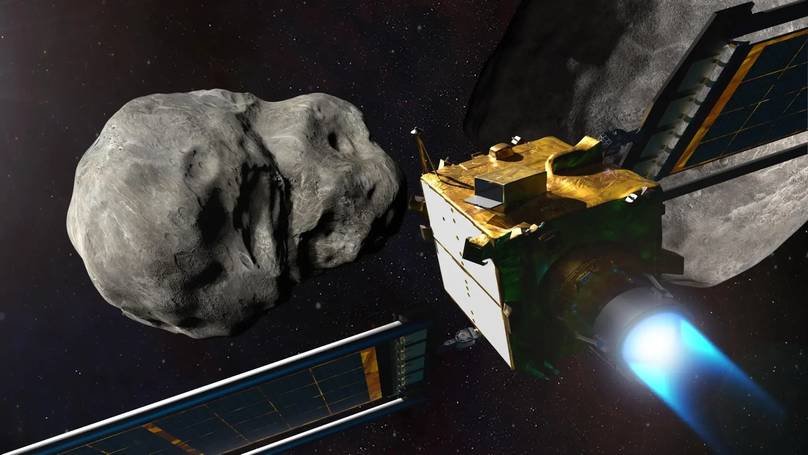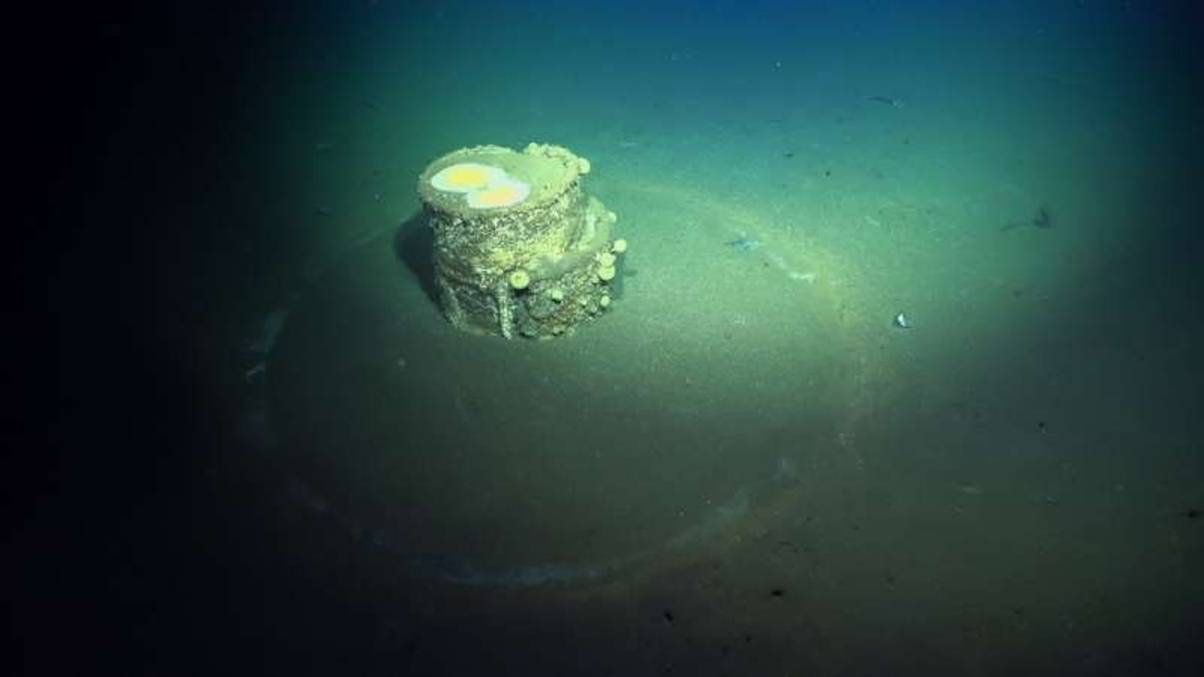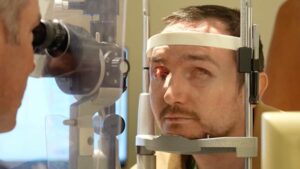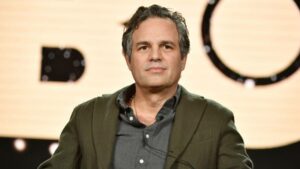Tooth Transplanted Into Eye Restores Man’s Vision in Medical Marvel
So, picture this: a man lost his sight as a teenager, and decades later, he got it back thanks not to a fancy gadget or a sci-fi laser beam, but his own tooth. Yes, you read that right — a tooth! Brent Chapman, after years in the dark, now sees the world anew, all thanks to Dr. Greg Moloney’s jaw-dropping “tooth-in-eye” surgery. Imagine having your own canine pulled, prepped, and planted back into your cheek only to become the surprising hero holding a lens that restores your vision. Sounds utterly bonkers — and a bit like something out of a wild science fiction flick — but this pioneer procedure, known medically as osteo-odonto keratoprosthesis, is very real, very innovative, and completely life-changing for Brent. If you thought eye surgeries couldn’t get any more bizarrely brilliant — think again! LEARN MORE.
A man has miraculously regained his sight after a medic performed a pioneering procedure using his own tooth.
Brent Chapman said he has been living in a ‘whole new world‘ since his vision was restored in June this year, thanks to eye surgeon Dr Greg Moloney.
One of his teeth turned out to be an unlikely saviour – and although he initially found the idea ‘crazy’ and ‘a little science-fictiony’, the 34-year-old says the procedure has completely changed his life.
The ‘tooth-in-eye’ operation – referred to as osteo-odonto keratoprosthesis in the medical sphere – took place earlier this year at Providence Health Care’s Mount Saint Joseph Hospital in Vancouver, Canada.
It involves removing a tooth from a patient’s mouth, implanting it to their cheek and allowing ‘sturdy connective tissue’ to swarm it over the period of a few months.
After this, the gnasher is then taken out once again and a hole is drilled into the middle of it, which is where a lens is then carefully placed.
The connective tissue is then used to hold it in place while both the tooth and the lens are stitched into the patient’s eye socket.

Brent Chapman, 34, was left in tears when he emerged from surgery (YouTube/CBSChicago)
In Chapman’s case, oral surgeon Dr Ben Kang yanked one of his upper canine teeth – which had to be ‘bigger and quite robust in order to hold the lens’ – from his mouth in May.
The tooth was then shaped and flattened with a drill in a rectangular fashion before being planted back into his cheek.
Dr Moloney then worked his magic a few months later and Chapman underwent the procedure in June this year.
Explaining why a tooth has sight-restoring abilities, the medic said that eye surgeons need a structure ‘strong enough to hold onto the plastic focusing telescope, but is not going to be rejected by the body’.
“It’s a bridging tissue between the body and the plastic (lens) that focuses the light,” he told Today.com. “This is like planting a cactus in the desert. This thing is going to survive and it’s going to grow.”
Speaking of the typical reaction he receives from patients after explaining the surgery – which was developed back in the 1960s – Dr Moloney said people are usually ‘in shock, surprise and frank disbelief that it even exists’.
Chapman was just 13-years-old when he lost his vision after taking some ibuprofen to relieve some symptoms when he began to feel unwell.

Dr Greg Moloney incredibly implanted a lens in his patient’s own tooth, which was then stitched into his eye socket (YouTube/CBSChicago)
He had a rare auto-immune reaction to the medication known as Stevens-Johnson syndrome, which the NHS describes as a ‘serious skin reaction that’s usually caused by taking certain medicines’.
It often begins ‘with flu-like symptoms – such as a high temperature, sore throat, cough and joint pain – before a rash typically appears a few days later, followed by blisters and painful sores’.
The NHS explains that these can even appear on your eyes, causing ‘eye pain, pain when looking at bright lights and problems with your sight’.
Chapman spent 27 days in a coma and suffered burns on his entire body after being struck by Stevens-Johnson syndrome, and his vision sadly never recovered.
He underwent 50 unsuccessful procedures over a period of around two decades, but said it was ‘very devastating’ when the results would not last and his sight would subside again – until now.
Speaking of the moment he realised the ‘tooth-in-eye’ surgery was a success, Chapman said: “Dr. Maloney and I made eye contact, and it was quite emotional.

Chapman said the procedure was life-changing (YouTube/CBSChicago)
“I hadn’t really made eye contact in 20 years. It felt really euphoric. It was really fantastic.”
He was able to see hand motions immediately after the procedure but had to wait a few months for his eye to heal and his vision to sharpen.
According to Dr Moloney, Chapman now has about 20/40 or 20/30 vision in the eye which he operated on.
“It’s a big, big surgery and a big step,” the patient added. “But it was right for me.”
Chapman is one of a handful of people who have had the revolutionary operation in Canada and research suggests that he has a 50 percent chance of keeping his current level of vision over the next 30 years.
The procedure is for people who have a healthy back of the eye but may have suffered substantial damage to the front of it, which is known as the cornea.
Dr Moloney compared the process to changing a bashed up car windscreen, explaining that eye surgeons found a way to restore a clear window to the back of the eye and give people their sight back.















Post Comment